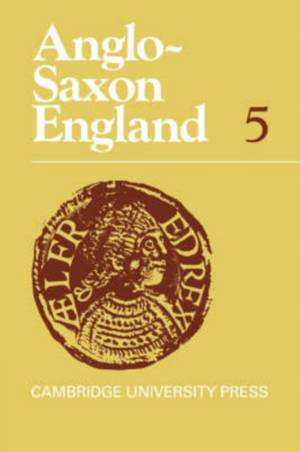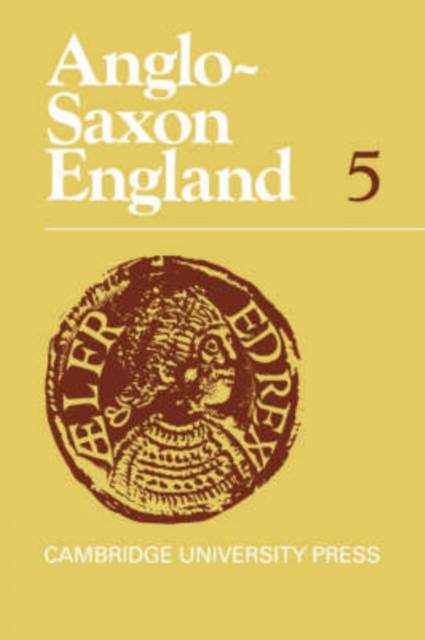
- Afhalen na 1 uur in een winkel met voorraad
- Gratis thuislevering in België vanaf € 30
- Ruim aanbod met 7 miljoen producten
- Afhalen na 1 uur in een winkel met voorraad
- Gratis thuislevering in België vanaf € 30
- Ruim aanbod met 7 miljoen producten
Zoeken
Anglo-Saxon England
€ 67,95
+ 135 punten
Omschrijving
Manuscripts are the form of evidence most studied in this volume: the likely seventh- and eighth-century English ownership of a fifth-century copy of a Hieronymian commentary is meticulously reconstructed; an edition and full discussion of the eighth-century Anglian collection of royal genealogies and regnal lists advance our understanding of this difficult material; and it is shown that most of the drawings in the Junius codex of Old English poetry probably derived from an illustrated copy of an Old Saxon poem on Genesis which came to this country in the middle of the ninth century. Vernacular literature is well represented: two leading features of narrative technique are examined, one in Beowulf, the greatest surviving poem of the age, and the other in the works of Ælfric, perhaps its greatest writer of prose. A wide-ranging survey of some of the main problems in the modern-day study of Anglo-Saxon coinage makes a fundamental contribution both to that study itself and to the understanding of it by those in other specializations.
Specificaties
Betrokkenen
- Uitgeverij:
Inhoud
- Aantal bladzijden:
- 344
- Taal:
- Engels
- Reeks:
Eigenschappen
- Productcode (EAN):
- 9780521038621
- Verschijningsdatum:
- 28/01/2008
- Uitvoering:
- Paperback
- Formaat:
- Trade paperback (VS)
- Afmetingen:
- 152 mm x 229 mm
- Gewicht:
- 503 g

Alleen bij Standaard Boekhandel
+ 135 punten op je klantenkaart van Standaard Boekhandel
Beoordelingen
We publiceren alleen reviews die voldoen aan de voorwaarden voor reviews. Bekijk onze voorwaarden voor reviews.










